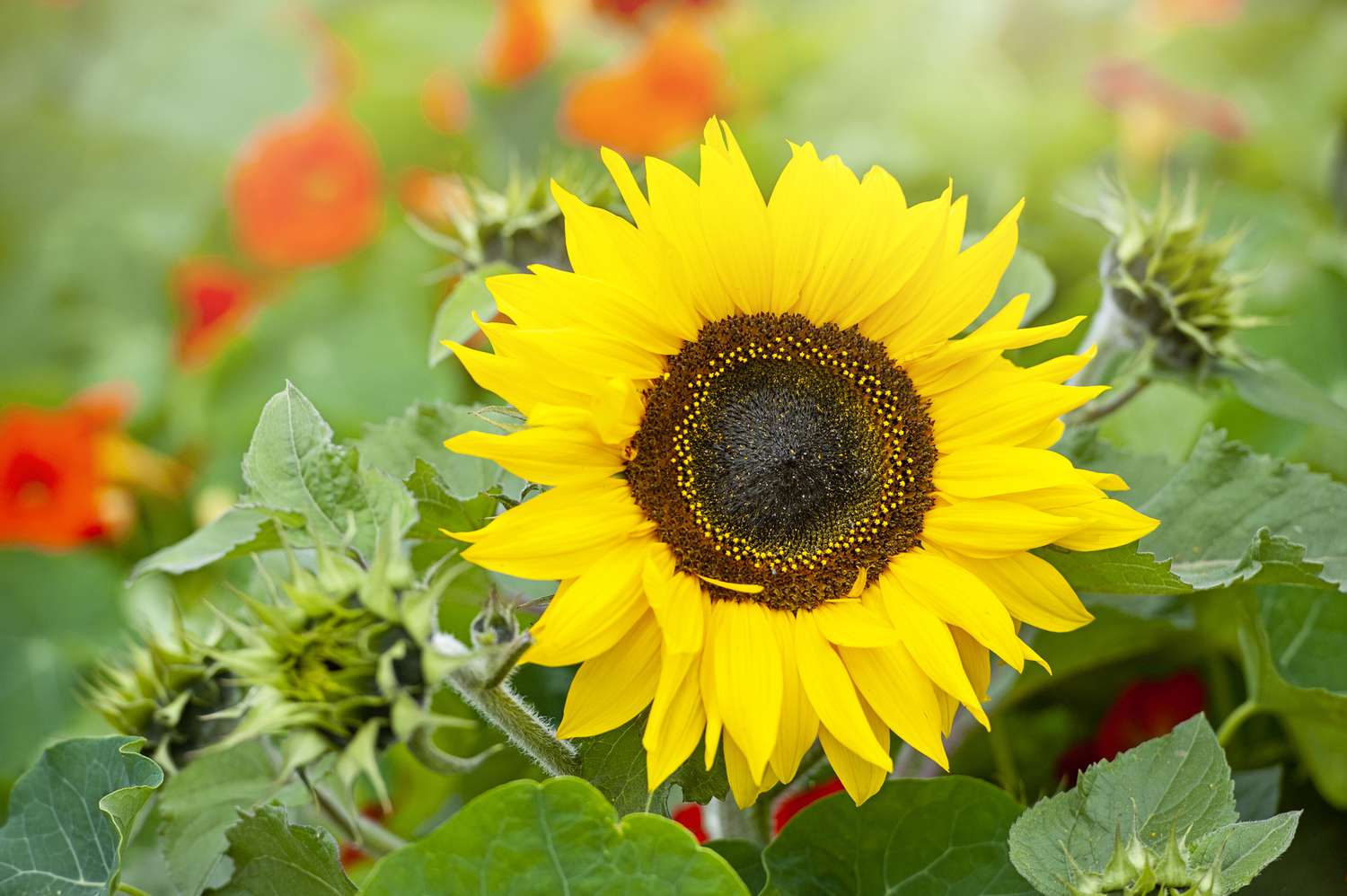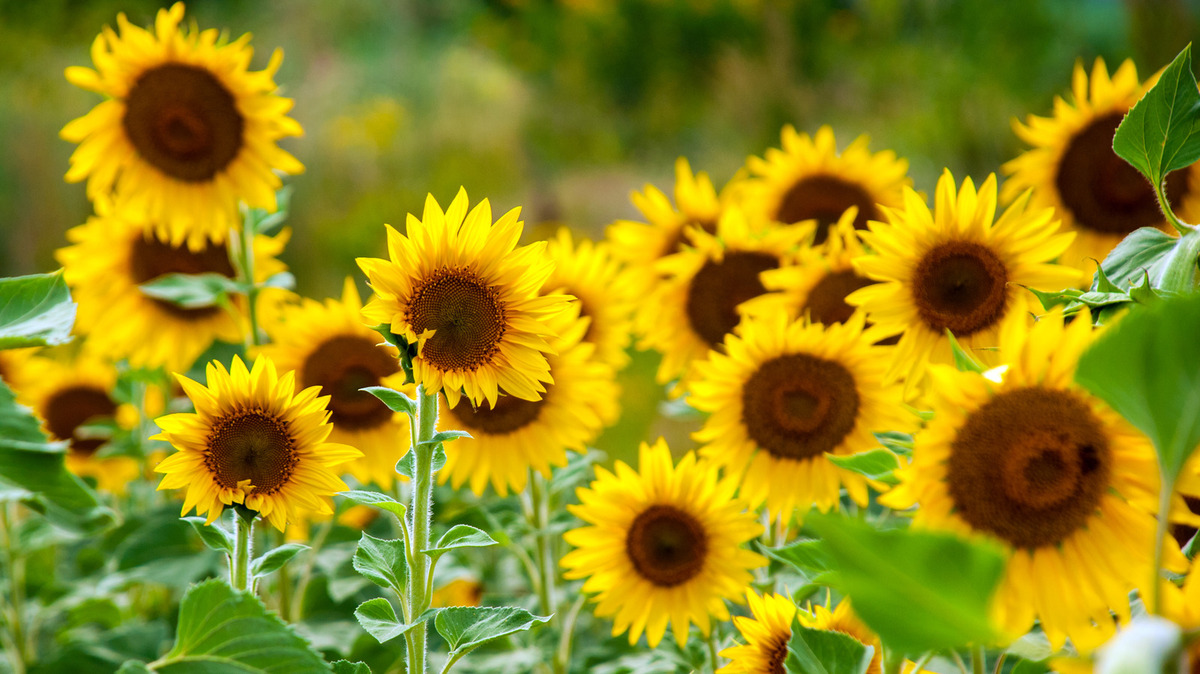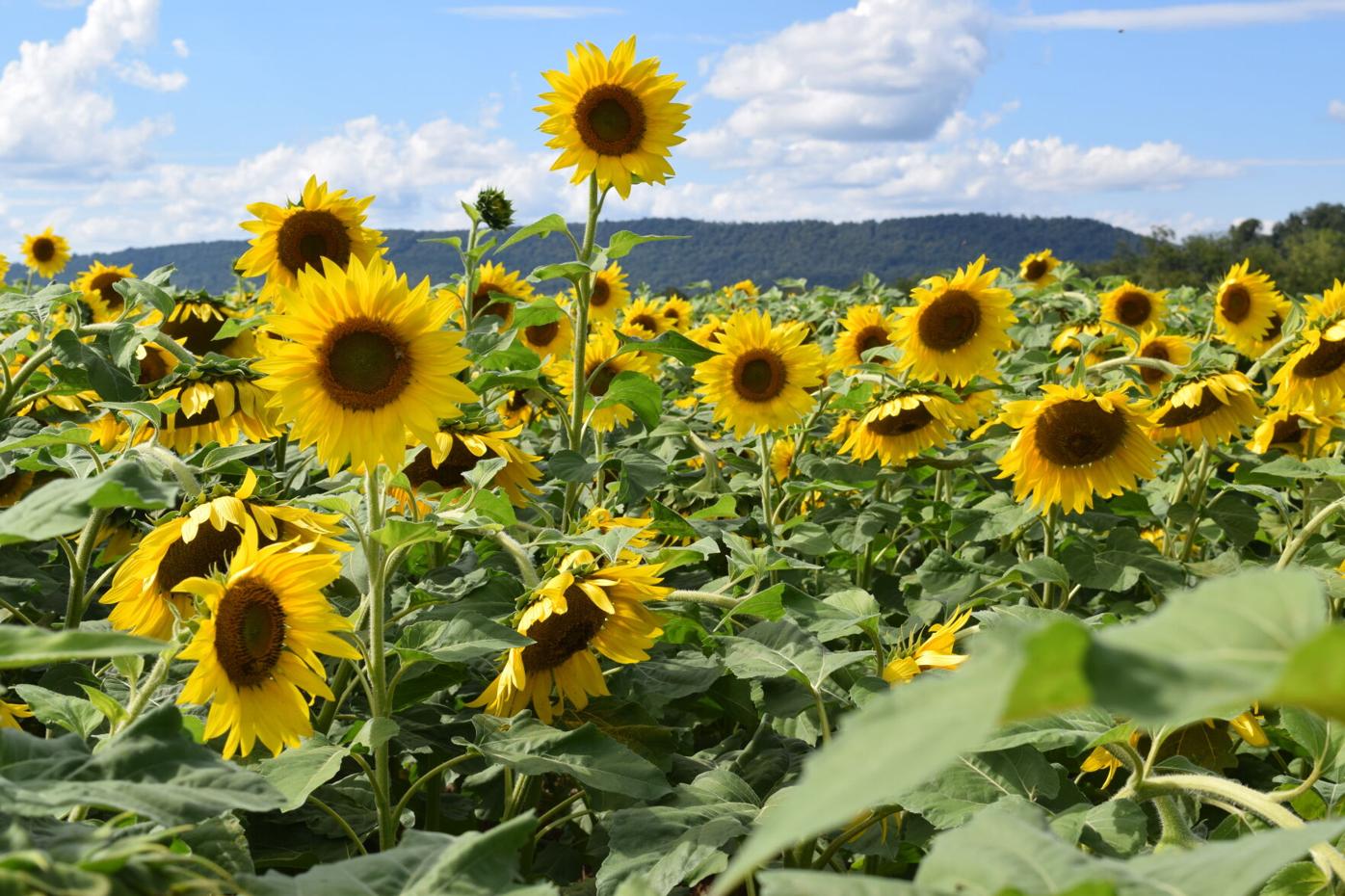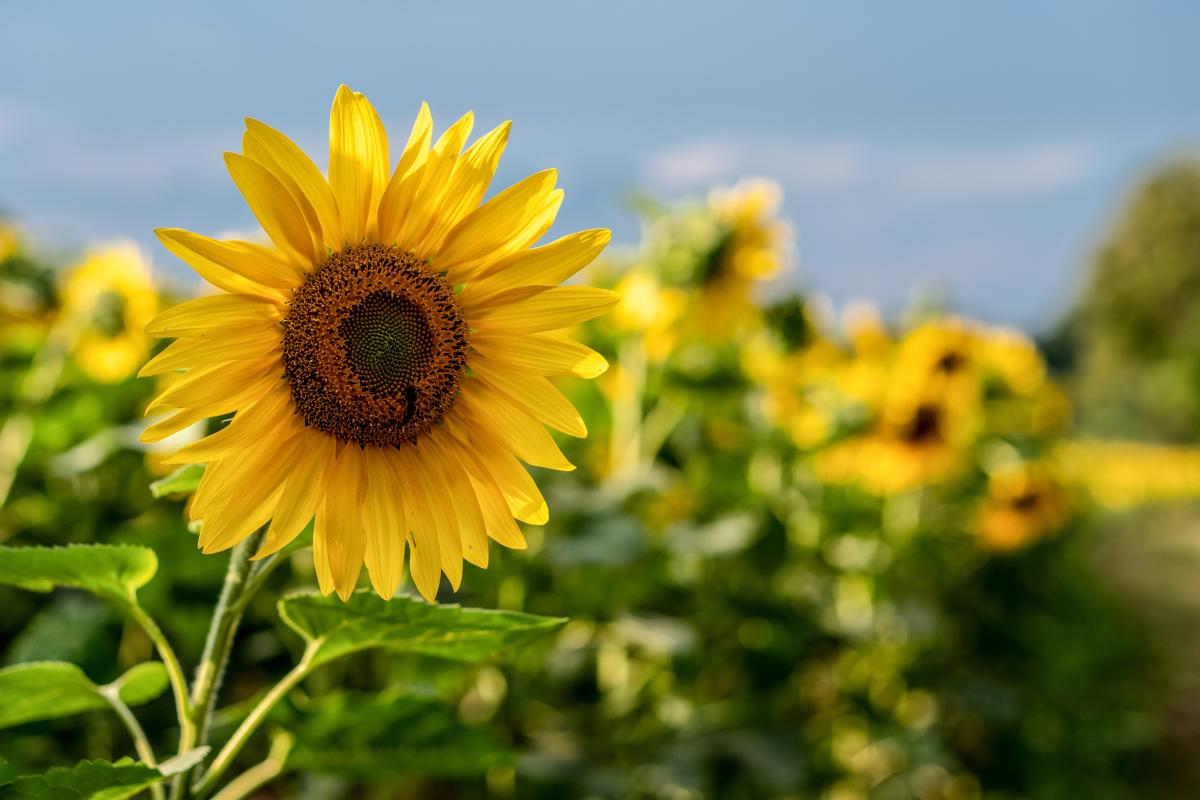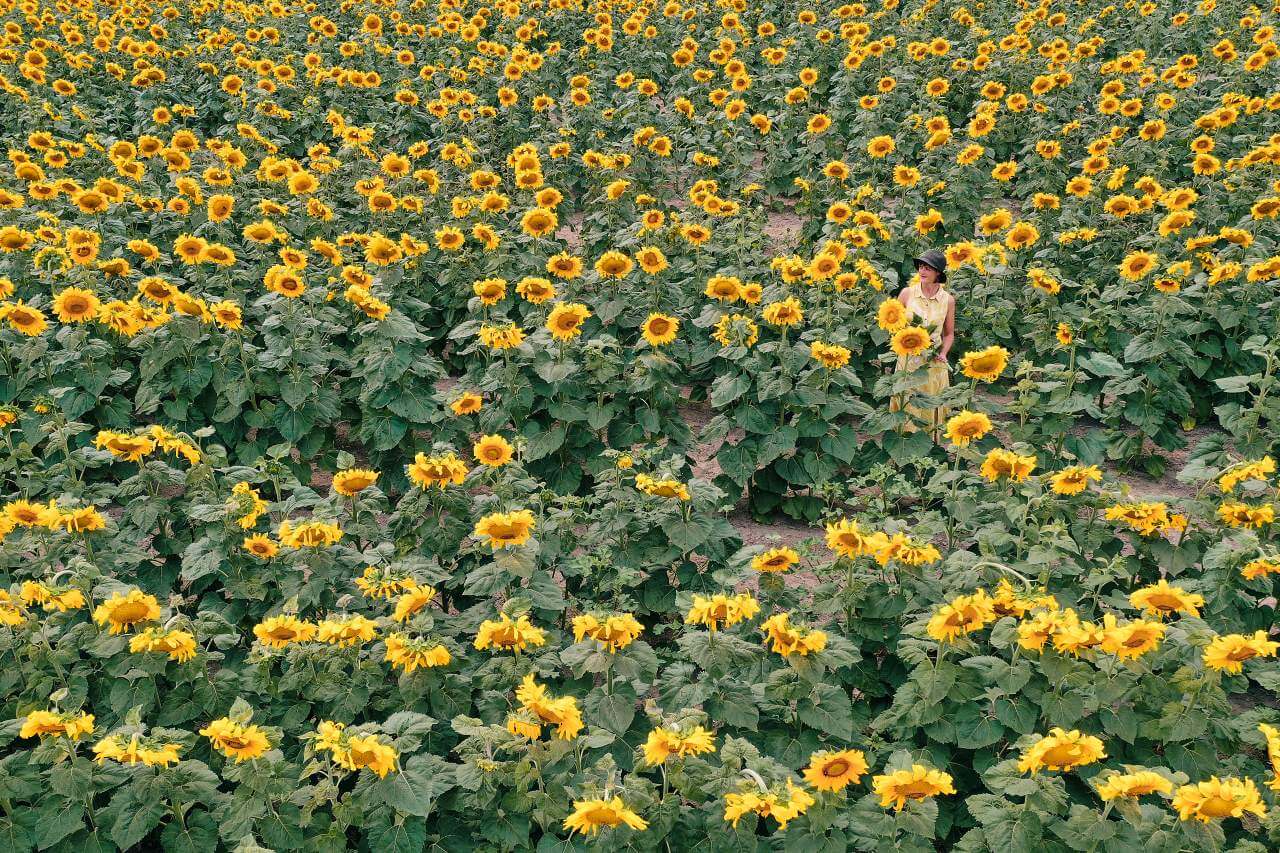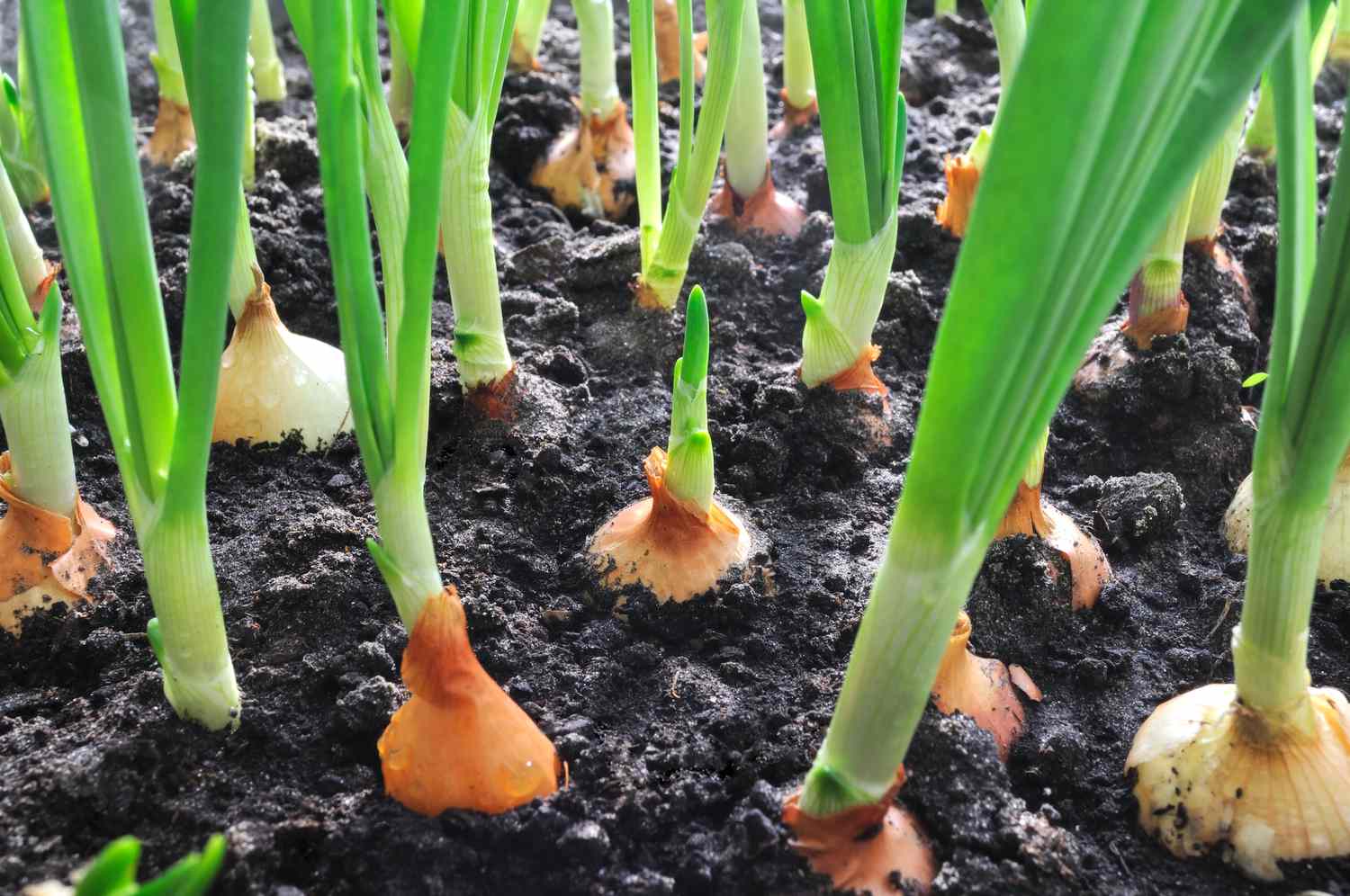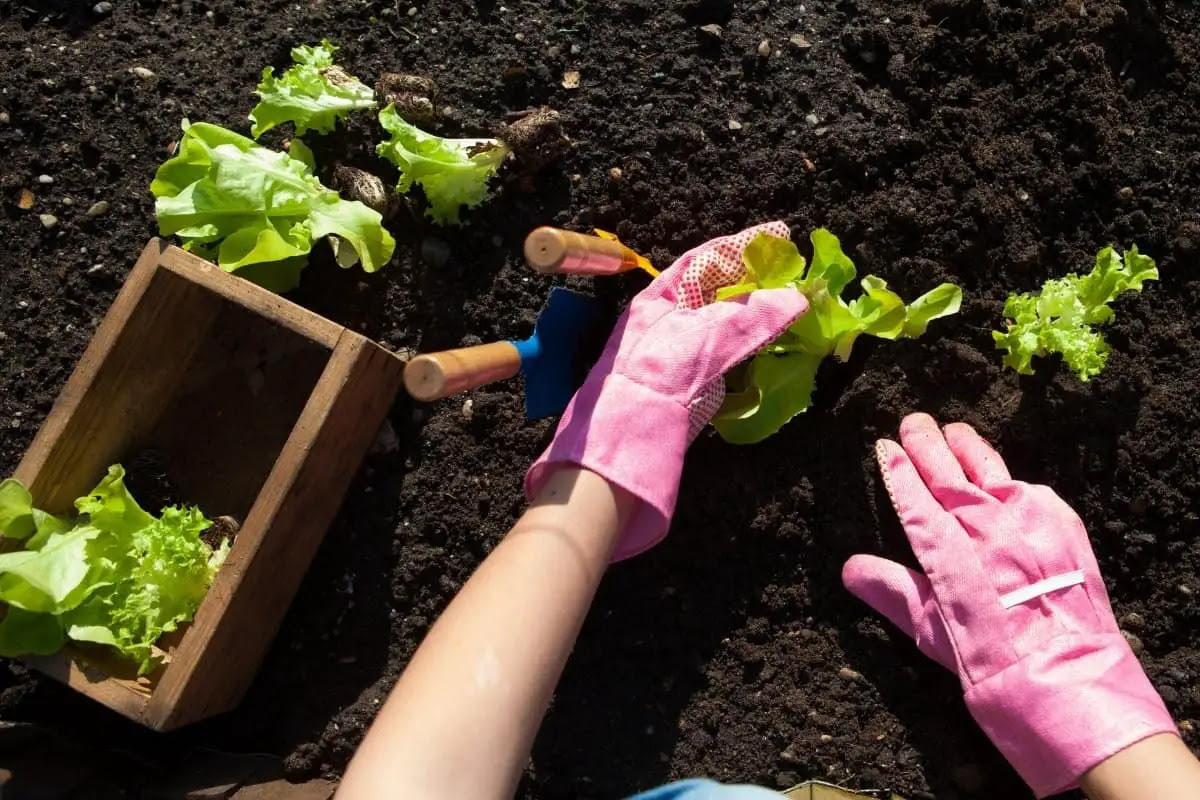Home>Types of Gardening>Ornamental Gardening>When To Plant Sunflowers Outside


Ornamental Gardening
When To Plant Sunflowers Outside
Modified: January 22, 2024
Discover the best time to plant sunflowers outdoors and enhance your ornamental gardening with these expert tips. Start growing vibrant sunflowers today!
(Many of the links in this article redirect to a specific reviewed product. Your purchase of these products through affiliate links helps to generate commission for Chicagolandgardening.com, at no extra cost. Learn more)
Table of Contents
Introduction
Welcome to the vibrant world of sunflowers, where nature's golden beauties grace the garden with their radiant presence. Whether you're a seasoned gardener or a novice enthusiast, the allure of sunflowers is undeniable. These majestic blooms symbolize adoration, loyalty, and longevity, making them a cherished addition to any ornamental garden.
In this comprehensive guide, we will delve into the art of cultivating sunflowers, exploring the optimal conditions for their growth, the meticulous steps of planting and nurturing, and the joyous reward of harvesting these sun-kissed marvels. As we embark on this horticultural journey, you will discover the profound satisfaction of nurturing sunflowers from seed to full bloom, and the invaluable connection it fosters with the natural world.
The sunflower, scientifically known as Helianthus annuus, derives its name from its remarkable ability to track the sun's movement across the sky, a phenomenon known as heliotropism. This fascinating characteristic encapsulates the sunflower's captivating essence, as it symbolizes resilience, positivity, and unwavering strength in the face of adversity.
Whether you envision a picturesque sunflower field or a charming backyard adorned with these resplendent blooms, this guide will equip you with the knowledge and inspiration to embark on your sunflower-growing venture. Join us as we unravel the secrets of cultivating these botanical marvels and bask in the radiant beauty they bestow upon the world.
Understanding Sunflowers
To embark on a successful sunflower-growing journey, it is essential to comprehend the intricacies of these captivating flowers. Sunflowers belong to the Asteraceae family and are renowned for their strikingly large, daisy-like blooms and robust, towering stems. These annual plants boast a remarkable growth rate, with some varieties reaching towering heights of 12 feet or more, creating a spectacle that commands attention in any garden or landscape.
One of the most fascinating aspects of sunflowers is their phototropism, the tendency to orient themselves in response to light. This phenomenon is particularly evident in young sunflower buds, which actively track the sun’s movement from east to west throughout the day. This behavior, known as heliotropism, ceases once the flower reaches maturity, and it consistently faces east, basking in the warm glow of the morning sun.
Furthermore, sunflowers are not merely ornamental beauties; they also play a crucial role in the ecosystem. Their vibrant blooms attract pollinators, such as bees and butterflies, contributing to the vital process of pollination. Additionally, mature sunflowers yield an abundance of seeds, which serve as a valuable food source for birds and small mammals, enriching the biodiversity of the surrounding environment.
When selecting sunflower varieties for your garden, consider factors such as bloom size, stem height, and color palette. From the classic bright yellow petals of the "Sunbright" variety to the rich mahogany hues of "Chianti," there is a diverse array of sunflower cultivars to suit every aesthetic preference.
By gaining a deeper understanding of sunflowers’ botanical traits and ecological significance, you will develop a profound appreciation for these resplendent blooms, laying the groundwork for a rewarding and enriching gardening experience.
Choosing the Right Location
When embarking on the endeavor of growing sunflowers, selecting the optimal location is paramount to ensure their flourishing growth and development. Sunflowers are renowned for their affinity for sunlight, requiring a minimum of six to eight hours of direct sunlight per day to thrive. Therefore, it is imperative to choose a planting site that offers ample exposure to the sun’s radiant rays.
Additionally, consider the environmental conditions of the chosen location. Sunflowers thrive in well-drained soil with a pH level between 6.0 and 7.5, indicative of slightly acidic to neutral soil. It is essential to avoid areas prone to waterlogging, as excessive moisture can impede root development and render the plants susceptible to root rot.
Furthermore, take into account the potential wind exposure in the chosen area. While sunflowers exhibit remarkable resilience, excessively strong winds can cause damage to their towering stems and delicate blooms. Select a location shielded from strong gusts, such as near a fence, hedge, or natural windbreak, to safeguard the sunflowers from potential harm.
Consider the aesthetic aspect as well, as sunflowers can serve as striking focal points in the garden landscape. Whether you opt for a traditional garden bed, a dedicated sunflower patch, or intersperse them among other ornamental plants, envision the visual impact that the sunflowers will impart upon the chosen location.
By carefully assessing these factors and selecting a location that aligns with the sunlight, soil, and wind requirements of sunflowers, you will lay the groundwork for a thriving and visually captivating sunflower display.
Preparing the Soil
The foundation of a flourishing sunflower garden lies in the preparation of the soil, a crucial step that sets the stage for robust growth and vibrant blooms. Begin by assessing the soil composition, aiming for a well-drained, loamy texture that provides an optimal environment for root development and nutrient uptake. If the soil is compacted or lacks adequate drainage, incorporate organic matter such as compost or well-rotted manure to improve its structure and fertility.
Before planting, it is advisable to perform a soil test to ascertain its pH level and nutrient content. This valuable insight will guide the application of soil amendments, ensuring that the soil provides an ideal growing medium for sunflowers. Adjust the pH level, if necessary, by incorporating lime to raise the pH or elemental sulfur to lower it, striving for a slightly acidic to neutral pH range of 6.0 to 7.5.
Furthermore, enrich the soil with a balanced fertilizer, such as a 10-10-10 NPK (nitrogen, phosphorus, potassium) formulation, to supply essential nutrients for the sunflowers’ initial growth phase. Gently work the fertilizer into the soil, ensuring even distribution and avoiding direct contact with the seeds or young seedlings to prevent root burn.
Prior to planting, remove any debris, rocks, or weeds from the designated area to create a clean and hospitable environment for the sunflower seeds or transplants. This meticulous preparation minimizes competition for resources and reduces the risk of potential pest and disease issues, fostering a favorable setting for the sunflowers to thrive.
By diligently preparing the soil, you establish a nurturing foundation that sets the stage for the sunflowers’ journey from seed to splendid bloom, ensuring their vitality and resilience in the garden landscape.
Planting Sunflowers
As you embark on the exciting phase of planting sunflowers, thoughtful consideration and meticulous attention to detail will pave the way for a bountiful and resplendent display. The timing of planting is crucial, as sunflowers thrive in warm soil and require frost-free conditions to germinate and flourish. Aim to plant the seeds after the last frost date, ensuring that the soil has warmed to a temperature of at least 50°F (10°C) to promote successful germination.
When selecting sunflower seeds, explore the diverse array of cultivars, each offering unique characteristics such as varying bloom sizes, stem heights, and color palettes. Whether you opt for the classic and iconic "Sunbeam" variety or the rich, burgundy hues of "Moulin Rouge," the choice of cultivar will infuse your garden with distinct charm and visual allure.
Upon choosing the ideal cultivar, determine the spacing and planting depth based on the specific requirements of the selected variety. Generally, larger varieties necessitate wider spacing to accommodate their robust growth, while smaller cultivars can be planted in closer proximity. Plant the seeds at a depth of 1 to 1.5 inches (2.5 to 3.8 cm), covering them with loose soil and ensuring firm contact to promote adequate moisture retention and seed-to-soil contact.
As the seeds germinate and the seedlings emerge, maintain consistent moisture levels, ensuring that the soil remains evenly moist but not waterlogged. Gradually taper the watering frequency as the seedlings establish themselves, transitioning to a deep, infrequent watering schedule that encourages strong root development and drought tolerance.
Whether you opt for sowing seeds directly in the garden soil or transplanting established seedlings, the planting phase sets the stage for the sunflowers’ journey from tender beginnings to towering splendor, promising a spectacle of nature’s grandeur in your ornamental garden.
Caring for Sunflowers
As your sunflowers embark on their remarkable journey from sprightly seedlings to towering blooms, diligent care and nurturing attention will ensure their robust growth and resplendent vitality. One of the key aspects of sunflower care is maintaining optimal moisture levels, especially during the critical stages of germination and early growth. Ensure that the soil remains consistently moist, providing sufficient hydration without waterlogging the roots.
Furthermore, supplement the sunflowers’ growth with a balanced, water-soluble fertilizer approximately three weeks after planting or when the seedlings reach a height of 6 to 8 inches (15 to 20 cm). This supplemental nourishment fortifies the plants with essential nutrients, bolstering their vigor and promoting healthy stem and foliage development.
As the sunflowers mature, monitor their progress and address any potential issues promptly. Keep a watchful eye for signs of pests, such as aphids or caterpillars, and implement appropriate measures, such as organic insecticidal soap or neem oil, to mitigate infestations and safeguard the plants’ well-being.
Support the towering stems of larger sunflower varieties with stakes or trellises, especially in windy conditions, to prevent stem breakage and ensure the stability of the majestic blooms. This proactive measure safeguards the plants from potential damage and allows them to reach their full, awe-inspiring potential.
Embrace the natural beauty of sunflowers by reveling in their captivating presence and observing the intricate dance of pollinators that they attract. Bees, butterflies, and other pollinators are drawn to the vibrant blooms, contributing to the vital process of pollination and enriching the ecological tapestry of your garden.
By providing attentive care and tending to the unique needs of sunflowers, you will witness the unfolding splendor of these botanical marvels, each petal and leaf a testament to the artistry of nature and the nurturing touch of a dedicated gardener.
Harvesting Sunflowers
As the sunflowers transition through their life cycle, the anticipation of harvesting their radiant blooms and reaping the rewards of your dedicated care becomes a gratifying culmination of the gardening journey. The timing of the harvest is a pivotal consideration, as it directly influences the quality of the seeds and the overall yield. Monitor the sunflower heads closely as they mature, observing the gradual transformation of the disk florets from a vibrant yellow to a rich, dark hue and the gradual drooping of the flower head.
To determine the optimal time for harvest, gently press your thumbnail against a few of the seeds. If the seed coat is firm and resists puncture, and the surrounding bracts have turned brown, the sunflower head is ready for harvest. Use sharp pruners or shears to cut the sunflower head from the stem, leaving a few inches of stem attached to facilitate handling and drying.
Once harvested, remove any remaining foliage from the stem and place the sunflower heads in a warm, well-ventilated area to dry. A well-ventilated location, such as a shed or airy room, is ideal for the drying process, as it facilitates air circulation and prevents mold or mildew formation.
As the sunflower heads dry, the seeds will gradually loosen from the flower head. To extract the seeds, rub the flower head gently between your hands or use a fork to dislodge the seeds from the receptacle. Once separated, store the seeds in a cool, dry place in breathable containers, such as paper bags or mesh bags, to maintain their quality and prevent moisture buildup.
Embrace the multifaceted rewards of harvesting sunflowers, from the satisfaction of nurturing the plants to the joy of gathering the seeds, which can be savored as wholesome snacks, used in culinary creations, or saved for future planting. The harvest represents a culmination of your dedication and a testament to the natural abundance that flourishes under your attentive stewardship.
Conclusion
Embarking on the journey of cultivating sunflowers is a testament to the enduring allure of nature’s splendor and the profound joy of nurturing life from seed to splendid bloom. As you immerse yourself in the art of growing sunflowers, each stage of the process unfolds with its own unique rewards and gratifications, from the meticulous preparation of the soil to the exhilarating harvest of the radiant blooms.
Throughout this horticultural odyssey, you have delved into the intricate nuances of sunflower care, from selecting the optimal planting location to providing attentive nourishment and safeguarding the plants from potential threats. The journey has not only enriched your garden with resplendent beauty but also fostered a deeper connection with the natural world, where the sunflowers stand as vibrant ambassadors of resilience, vitality, and the boundless wonders of the botanical realm.
As you witness the sunflowers swaying in the gentle breeze, their golden petals aglow in the sun’s warm embrace, you are reminded of the enduring cycles of life and the timeless allure of nature’s creations. The harvest of sunflower seeds, brimming with vitality and promise, encapsulates the culmination of your dedicated efforts and the abundant rewards that nature bestows upon the nurturing gardener.
May the vibrant presence of sunflowers continue to grace your garden with their majestic beauty, serving as a poignant reminder of the profound joys that blossom from the union of human hands and the bountiful gifts of the natural world. As you reflect on this enriching journey, may it inspire you to cultivate not only sunflowers but also a deeper reverence for the interconnected tapestry of life that flourishes in your care.
